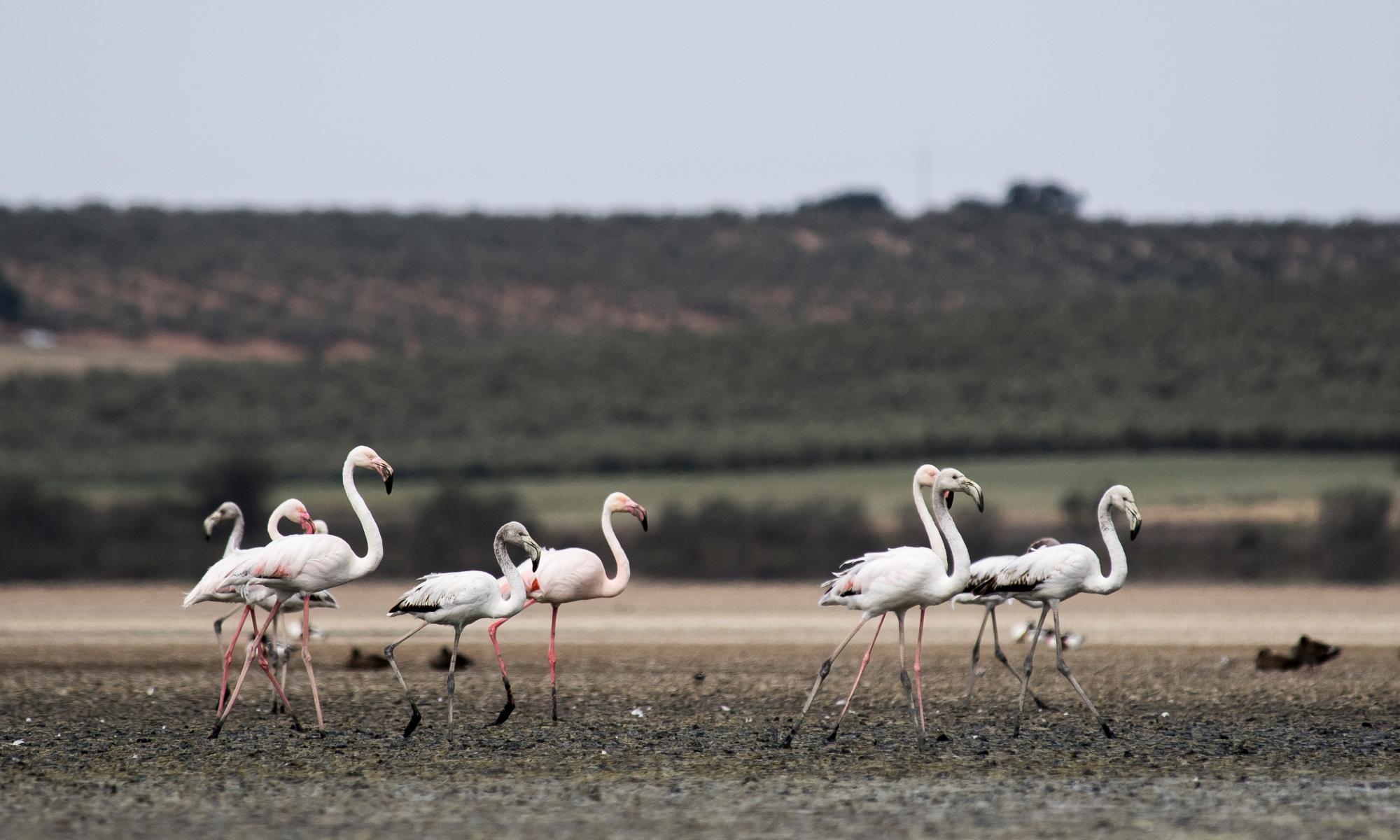The number of plant and animal species listed as threatened in Australia is increasing. In 2016 it was 1,774; five years later it was 1,918, with habitat loss the key factor, according to the 2021 State of the Environment report.
Pressure to develop land, coupled with the extreme weather and climatic events of La Niña floods, extended bushfire seasons and El Niño-affected droughts, have caused continued declines in Australia’s vegetation, soil, wetlands, reefs, waterways and biodiversity.
Meanwhile, the harvesting of natural resources (mining, timber), trawl fishing and aquatic farming, industrial production (agriculture) and urban sprawl contribute to land-use changes that lead to habitat destruction, degradation and fragmentation.
How rehydration techniques are benefiting endangered wildlife
The Mulloon Institute is an organisation based in Bungendore, in the Southern Tablelands region of New South Wales, that develops and shares regenerative farming techniques. Its National Rehydration Initiative is focused on rehydrating and regenerating landscapes for improved agricultural productivity, enhanced environmental biodiversity, improved habitat for threatened species and greater community resilience to drought, bushfire and flood.
The methods used in the organisation’s land rehydration efforts also help to restore habitats, build ecosystem resilience and reverse species loss in the Mulloon Creek catchment.

Taronga Zoo’s breeding program continues to monitor of the yellow spotted bell frog released at Mulloon Creek.
One species that has benefited from Mulloon’s land rehabilitation is the yellow-spotted bell frog. With 90% of its habitat having been lost in and around Sydney and the Southern Tablelands, it is deemed critically endangered under New South Wales and federal laws (EPBC list) and on the International Union for the Conservation of Nature’s Red List.
Habitat creation to reverse species decline
It’s believed the only self-sustaining population of yellow-spotted bell frog is in a captive breeding program at Taronga Zoo, established after a chance find in 2009.
“The species was thought to be extinct since 1979,” says Michael McFadden, unit supervisor of the zoo’s reptiles and amphibians division.
“A conservation officer was doing fish surveys in 2009 and saw a frog jump out of the water. A follow-up survey identified there were 100 frogs in this location. We collected tadpoles the following season to establish an insurance colony at the zoo.”
Due to the restorative work that had been done at Mulloon Creek, Taronga Zoo chose the location to reintroduce yellow-spotted bell frogs from its breeding program into the wild.

Tree planting alongside Mulloon Creek, part of land rehabilitation that can provide habitat for native wildlife, including the endangered yellow-spotted bell frog.
Staged releases of captive-bred frogs had failed at two sites – one in Mulloon Creek and one elsewhere – after drought created ecological breeding conditions hostile to amphibians. But in 2019, Taronga Zoo released 20 more frogs into Mulloon Creek, followed by two larger-scale targeted releases in the next two seasons. The zoo continues to monitor the population.
“The Mulloon Creek is an ideal habitat for the bell frogs, being a chain of big, still ponds, slow-moving water, and with really good aquatic vegetation,” McFadden says.
“We radio-track the frogs and survey how they use the habitat.
“It may take a few years of reintroductions to help build a self-sustaining population.”
How the Mulloon Institute has built a more supportive frog habitat
Collaborating with 23 landholders in rehydration and revegetation work in the Mulloon catchment, the institute has stemmed landscape degradation by conducting earthworks, such as building swales (depressions in the land on contour, designed to slow water movement, enabling it to soak into the soil) and leaky weirs, to slow water flowing across the landscape. By slowing the water flow, naturally formed and built depressions create a chain of billabongs and ponds.
Gary Nairn, the chairman of the Mulloon Institute, says: “Rebuilding natural weirs and pools restores the environment. During large downpours, the weirs reduce the water to a steady flow, and it’s a better quality downstream because of the natural filters that have grown during rehabilitation.
“We’ve been able to install equipment on farms along the creek to record water flow and quality, monitor climate data and demonstrate what’s changing through frog, bird and vegetation surveys.”
This focus has extended to the neighbouring Molonglo catchment, where the institute is restoring the wetland habitat along the river as an environmental insurance policy for the green and golden bell frog, a species that has been threatened by the 2019-20 bushfires and this year’s floods.

2006: The site of Triple Ponds on Mulloon Creek at Mulloon Natural Farms, just prior to commencement of rehabilitation work.

2013: Seven years later Triple Ponds appear as an established habitat for native wildlife including the yellow-spotted bell frog.
“The Molonglo floodplain rehydration initiative will re-establish habitat through in-stream and floodplain structures, rehabilitated wetlands, revegetation and regenerative land management,” Nairn says.
Using lessons learnt from the Mulloon catchment, and a $170,000 New South Wales Environmental Trust Restoration and Rehabilitation grant, the institute aims to rehydrate and re-create habitat and reverse species loss in the Molonglo catchment.
Financial support is also essential from commercial contributors, such as plant-based beverage company Vitasoy, which is backing the institute’s rehydration work.
David Tyack, the managing director of Vitasoy Australia Products, says the company has pledged $1.25m to the institute to help rehydrate Australian catchments, across the nation, over the next five years.
He believes this financial support “will help scale their work and create a national conversation about sustainable land management. Our pledge alone will help to rehydrate thousands of hectares, and we encourage all Australian food producers to join the cause.”
Find out more about the Mulloon Institute’s rehydration work.


